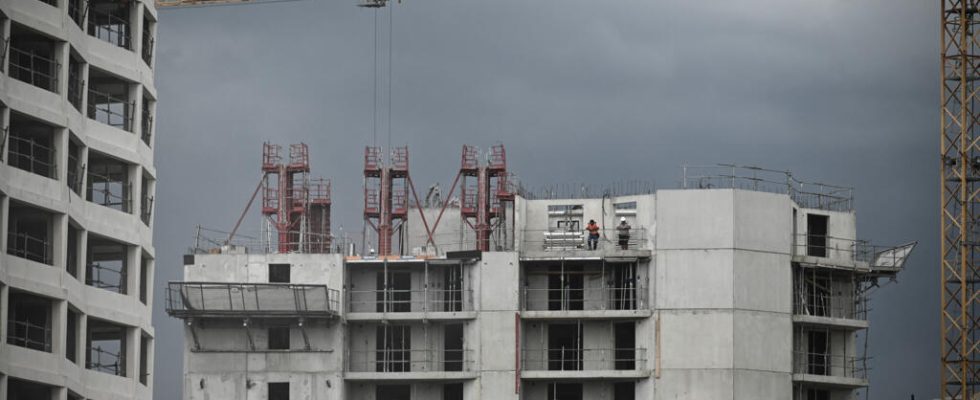It is the sector that emits the most greenhouse gases on a global scale. Building is responsible for 37% of the emissions that cause climate change, and it is growing. This is why the world of construction must launch its “revolution”, estimates the United Nations Environment Program (UNEP) in a report this Tuesday, September 12.
2 mins
In collaboration with Yale University and around sixty international researchers and architects, the United Nations Environment Program (UNEP) provides ideas in a report: build fewer new buildings, reuse materials, use less of concrete, and return to materials derived from organic matter such as wood or bamboo.
Building has made efforts to reduce its greenhouse gas emissions related to heating, air conditioning and lighting. But the boom in concrete, steel and aluminum from the second half of the 20th century had a catastrophic effect on the climate. These towers that grow like mushrooms have a lifespan of 20 to 50 years, at most.
We need to return to sustainable construction, explains Anna Dyson, of the School of Architecture and Environment at Yale University. “ We think concrete and steel are more permanent, but that’s not true! Many of the buildings built in recent decades are already starting to have problems, while structures made from earth or organic materials like wood or stone have stood for centuries and can be renovated. We need to rethink the way we build “, she says.
This means building less in developed countries by renovating existing buildings and reusing materials. And for emerging countries, build differently with materials that emit less CO2, wood or other innovative ones made from agricultural or forestry waste. To launch this revolution, the United Nations considers that the public sector will have to set an example.
Read alsoAFRICA ECONOMY – Eco-responsible buildings in South Africa, a booming business [1/5]
